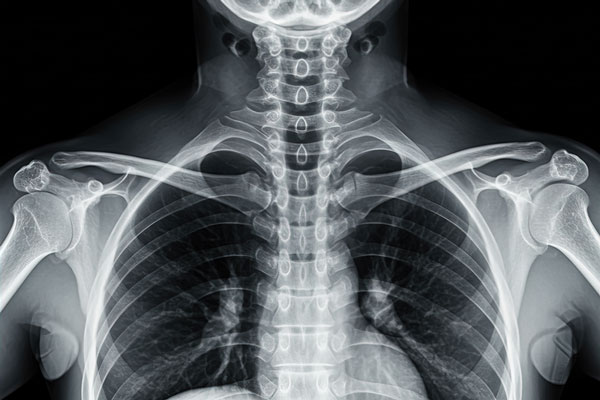Neck and back pain are common complaints, but most cases don’t require imaging like X-rays or MRIs. Many aches and pains improve with time, movement, and physiotherapy. However, there are certain situations where imaging is necessary to rule out serious conditions. So, when should you consider getting an X-ray, MRI, or CT scan for your spine? Let’s explore the key warning signs.
When Imaging Is Necessary: Red Flags to Watch For
One of the most concerning signs is the presence of severe or worsening neurological symptoms. If you experience weakness, numbness, or tingling in your arms or legs, difficulty walking, or loss of bowel or bladder control, these could indicate nerve or spinal cord compression.
Significant trauma or injury is another reason to seek imaging. A high-impact fall, car accident, or direct blow to the spine can result in fractures, even if symptoms don’t appear right away. In older adults with osteoporosis, even a minor fall can lead to a fracture.
Persistent, unexplained symptoms should also raise concern. If you have back or neck pain that worsens at night, does not improve with rest, or is accompanied by unexplained weight loss, imaging may be needed to rule out sinister conditions. Additionally, a history of cancer increases the likelihood of metastases to the spine, making a thorough evaluation crucial.
Signs of infection, such as fever, chills, or recent spinal surgery, may indicate a spinal infection, which is rare but serious. Those with suppressed immune systems or a history of IV drug use are at higher risk. Likewise, if your pain is severe, unrelenting, and not responding to rest or movement, an inflammatory condition, fracture, or malignancy could be the cause.
If your pain persists despite 4–6 weeks of physiotherapy, exercise, and other conservative treatments, imaging may be necessary to check for underlying structural issues that require further intervention.
Types of Imaging and What They Show
The type of imaging ordered depends on the suspected condition. X-rays are useful for detecting fractures, arthritis, and alignment problems. If soft tissue damage, disc herniations, or nerve compression is suspected, an MRI is the preferred option. A CT scan may be used when an MRI isn’t possible or when a more detailed view of the bones is needed.
Final Thoughts
Most cases of neck and back pain improve with movement, exercise, and proper care. However, if you experience any of the red flags listed above, it’s important to seek medical advice. A healthcare provider, such as a physiotherapist or doctor, can assess your symptoms and determine if imaging is necessary.
If you’re unsure about your pain or need guidance, don’t hesitate to consult a physiotherapist for a thorough assessment!





